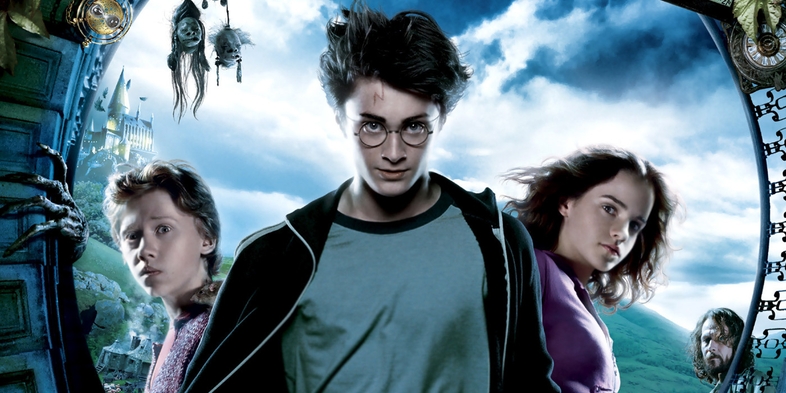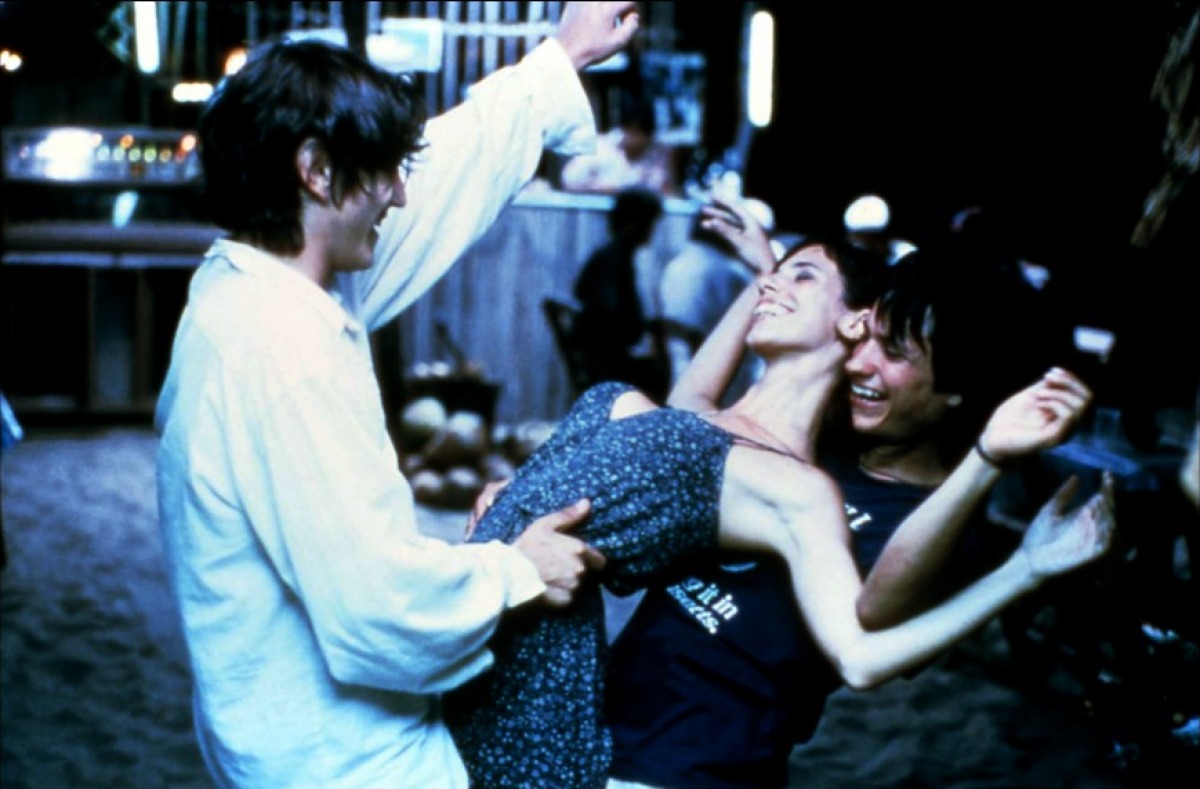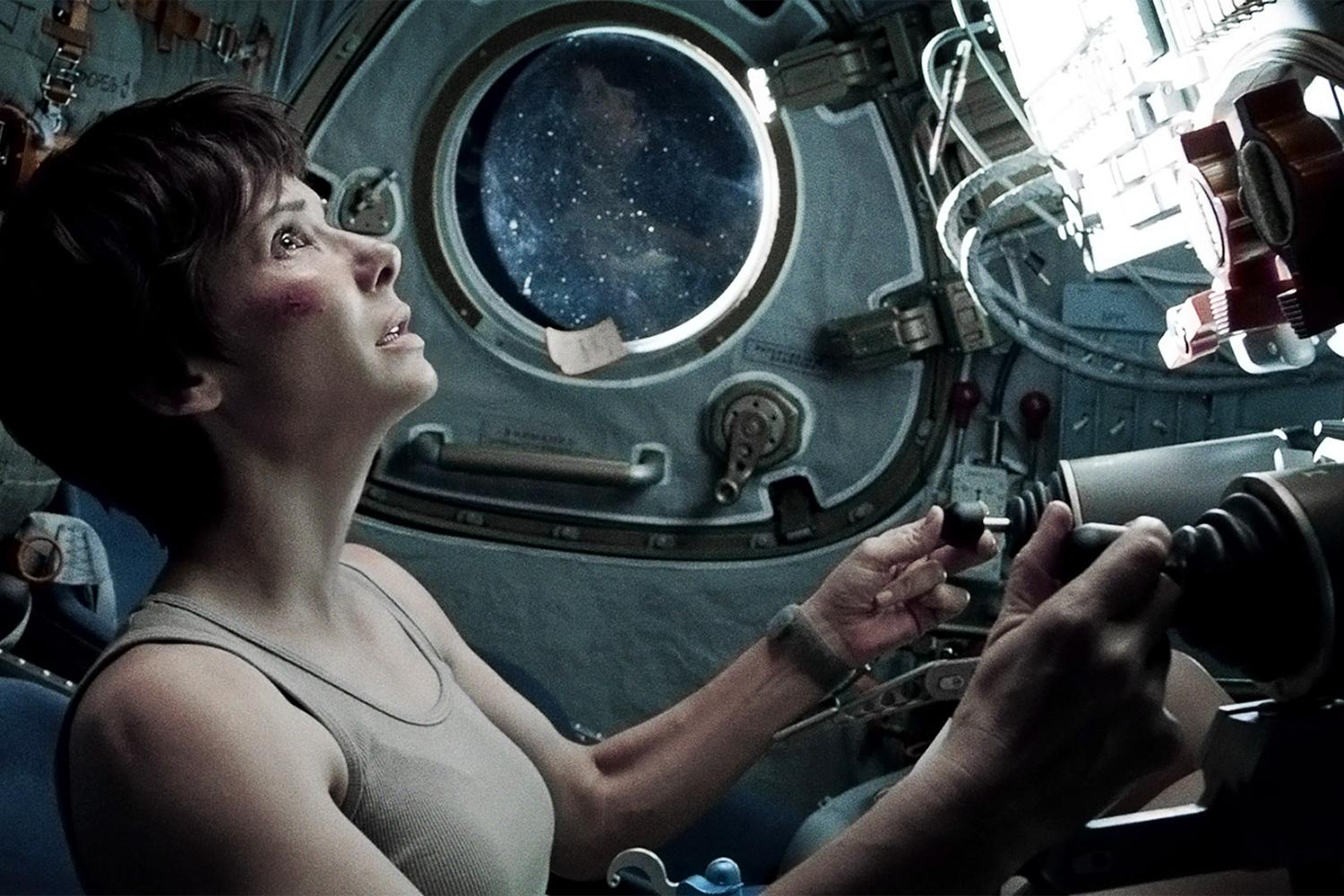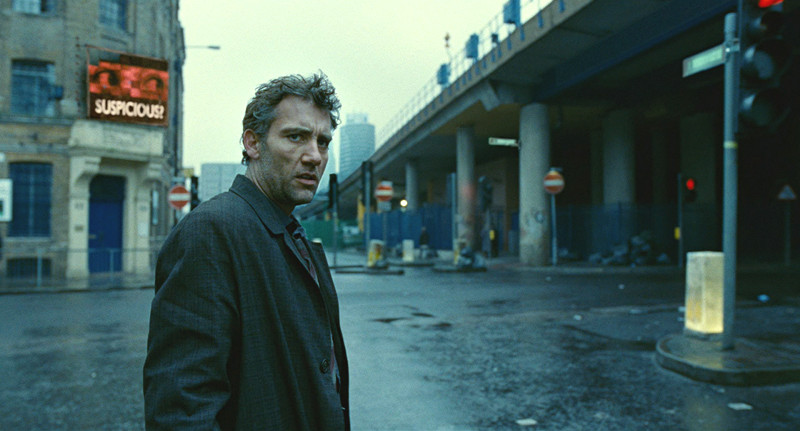4. Harry Potter and the Prisoner of Azkaban

The Prisoner of Azkaban represents Cuaron’s only full-length collaboration with a director of photography other than Emmanuel Lubezki. Even without his exciting psrtner, Cuaron left an indelible mark on the Potter franchise, imbuing it with a grown-up tone and a more cinematic flair.
Gone is the almost worshipful tone of the first two films, replaced by a more adventurous and exciting. Instead of worrying about upsetting legions of fans, Cuaron went out and made a very good film, one that took meticulous inspiration from the novel on which it is based but realized that breaking from its source material was also essential.
As with the other literary adaptations on this list, Azkaban shows Cuaron’s almost perfect knack for knowing what to put on the screen and what to leave in the book. His priority is always making the best movie he can possibly make, without regard for possible backlash.
Here, even without Lubezki, he (along with director of photography Michael Seresin) uses artistic long takes to demonstrate the maturing of the lead actors and introduced a much darker aesthetic palette, reflecting the subtle shift in the franchise’s focus. Ultimately, Cuaron sent the Potter films in a different tonal direction. Of course, some of that was supplied by J.K. Rowling herself, but Cuaron was the perfect match for this “pivot” movie, helping show that Harry was growing up–literally and figuratively.
3. Y Tu Mama Tambien

Cuaron’s most adult film, Y Tu Mama Tambien was critically acclaimed for its unflinching depiction of sexuality and drug use, as well as its documentary-style camera work. It was also nominated for Best Original Screenplay at the Academy Awards. Here, Cuaron and Lubezki finally utilized all of their abundant skill at the same time, delivering a subtle and unforgettable movie experience.
The command of character in the film is breathtaking. Each of the three main characters seem fully realized, untethered from the cliched machinations of plot devices. Part of the enduring appeal of the movie is its ability to speak to myriad audience members, eschewing obvious themes and soapbox-style messages for something much more organic and realistic. This is no small part due to the three main performances from Gael Garcia Bernal, Diego Luna, and Maribel Verdu.
Bernal and Luna must realistically portray overly horny teenagers while maintaining the audience’s sympathy, which they do with aplomb. Verdu, the undeniable heart of the movie, must seamlessly vacillate from wounded wife to lusty seductress to patient teacher, all while baring herself physically and emotionally. It’s a high-wire performance that had to work for the movie to coalesce, and it did.
Another effective aspect of the film is the somber narration (by Solo Con Tu Pareja’s Daniel Gimenez Cacho). At the start of the movie, it seems somewhat out of place or, at least, too on the nose. As the movie progresses, however, it becomes more and more relevant to the film’s overall themes, never simply commenting on the action but contextualizing it, allowing the film to become more than it initially seems to be.
And though Cuaron does not seem overly concerned with making big political statements through Y Tu Mama Tambien, he does have a lot to say on the idea of maturity (sexual and otherwise) and the landmine-filled landscape of complex relationships.
2. Gravity

Though some have found issue with the scant story that drives Gravity, there is no arguing that it is a towering technological achievement. It is maybe the only effective argument for 3-D to ever grace mainstream theater screens.
Featuring innovative and awe-inspiring cinematography from Lubezki (which won him his first-ever Oscar), the movie is immersive and propulsive, and with a much more compelling and moving story than it gets credit for. The opening scene, an approximately 12-minute unbroken shot, is as astounding as it is uninhibited. The camera moves with no limitations, creating for the audience a sense of what movement in space would be like. When the camera turns upside down, instead of the normal disorientation that comes with that, the world simply recalibrates and everything is regular again.
As for the story, it is undoubtedly simple. Dr. Ryan Stone (Sandra Bullock) is adrift in space after an accident. She and Matt Kowalski (George Clooney) must try to work together to get back home. And that is basically it.
The movie runs a lithe 93 minutes but the tension never flags and the performances are exquisite. Bullock is better than she has ever been and Clooney did not get enough credit for his sneakily effective performance (which, granted, draws a lot on his Clooney charisma). Bullock extracts all of the sorrow, grief, and triumph from her character’s journey.
A scene where she communicates with someone on Earth has rightly been singled out as a standout scene. It showed, once again, that Cuaron had more on his mind than a tension-filled action film; as usual, he wanted to convey a much more universal human experience.
Though Gravity takes few detours on its way to an uplifting conclusion, it manages to say more than it rightly should be able to. Dr. Stone is each viewer as they adjust to changes–both tragic and exciting–in their lives. Like her, viewers must adapt and interpret constantly, finding the strength to continue even when it feels like there is no strength left.
1. Children of Men

One of the most lauded science-fiction movies ever, based on P.D. James’ novel, Children of Men is highlighted by Lubezki’s bravura cinematography and the vividness of its production design. Positing a future where women can no longer have babies, Children of Men follows a pregnant woman as she seeks safety in a world run down by poverty and violence. Punctuated by startling realism and unexpected deaths, Children of Men is a modern masterpiece and Alfonso Cuaron’s best film.
The movie is the pinnacle of Cuaron’s artistry. (Though Gravity was made afterwards.) None of his other films are as relevant nor as resonant. Combining the gritty feel and command of character that highlighted Y Tu Mama Tambien with long-take audacity and the sharpness of world-building from Harry Potter, Children of Men is almost unparalleled in its confident vision.
The world of Children of Men suggests our own but with more grime, more desperation, and more cynicism. Clive Owen perfectly channels all of that into Theo, the stoic but good-hearted protagonist who tries to help the miraculous Kee get herself and her unborn baby (who is eventually born) to the “Human Project,” a rumored underground group dedicated to curing the world’s infertility.
That pilgrimage, with its brutal twists and turns, is the beating, bleeding heart of the film, driving the action and engaging the audience in equal parts. Cuaron and his co-editor Alex Rodriguez seem to know exactly what to cut to and exactly how long to hold every take for maximum impact. The movie sticks with viewers long after the credits roll.
This is Cuaron’s most complex movie, comfortable with maddening ambiguity while sensitively juggling myriad themes. The filmmaking enhances those themes in every scene, heightening the reality and crucially focusing the tone. Children of Men has proved its worth over and over again by staying the cultural and pop cultural conversation for the last ten years.
For most Cuaron enthusiasts, it is the first and last movie that comes to mind when declaring the greatness of the filmmaker. Like all of the movies on this list, making money and making a name for himself were the last things on Cuaron’s mind as he crafted this film. His purpose is to question and inspire. In the end, Children of Men is about continued hope in a world drowning in despondency. It’s a message that will never lose its potency.